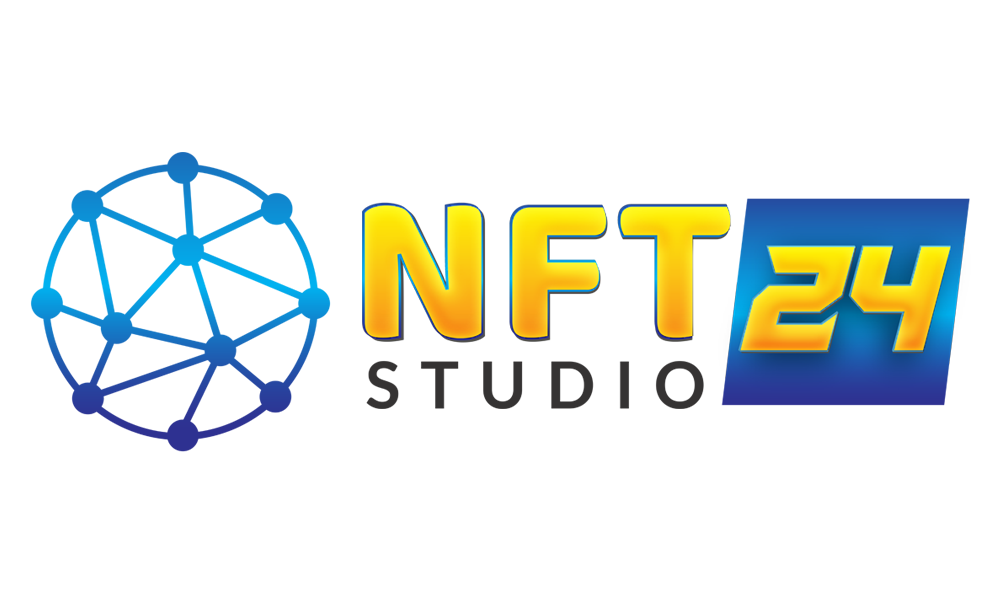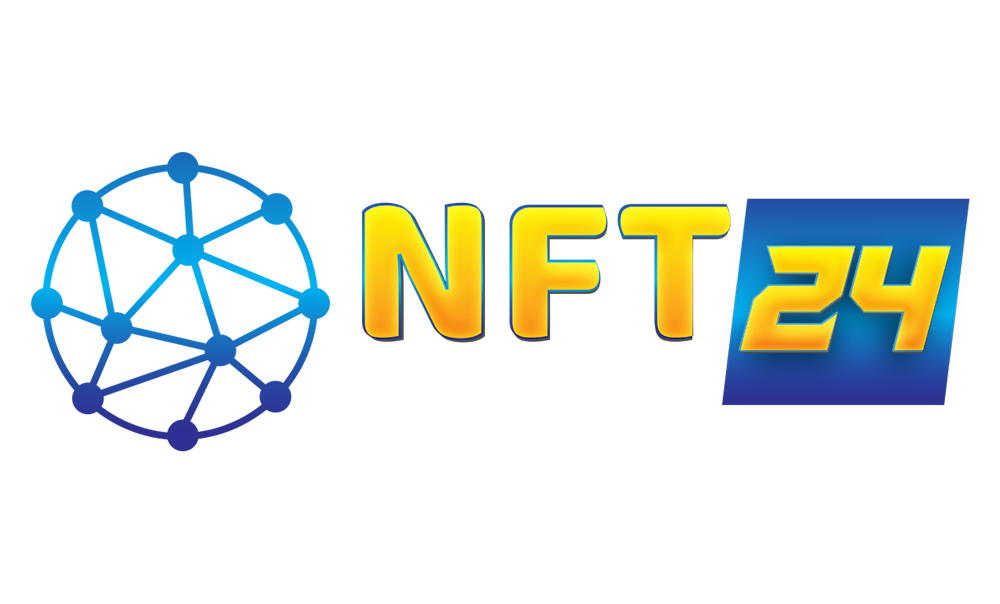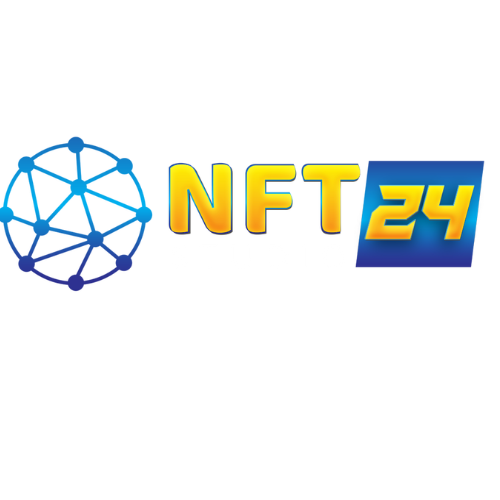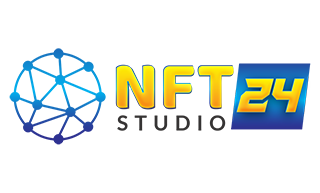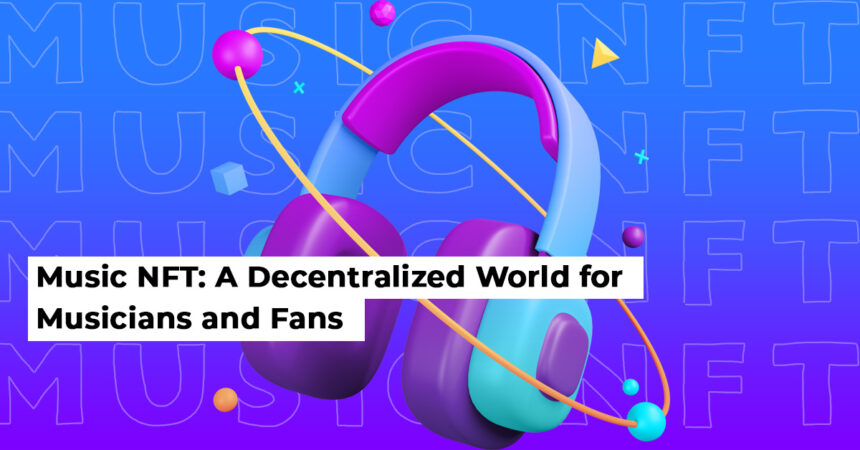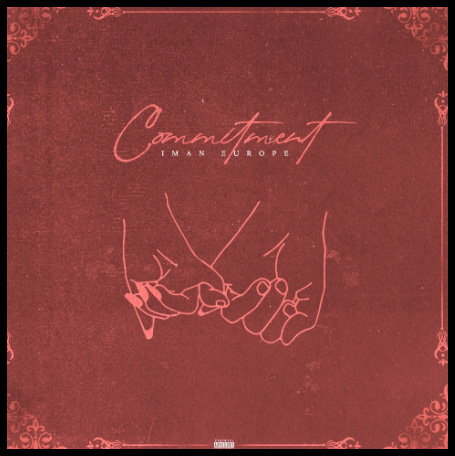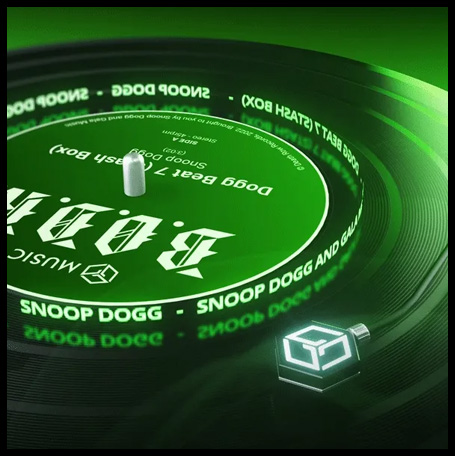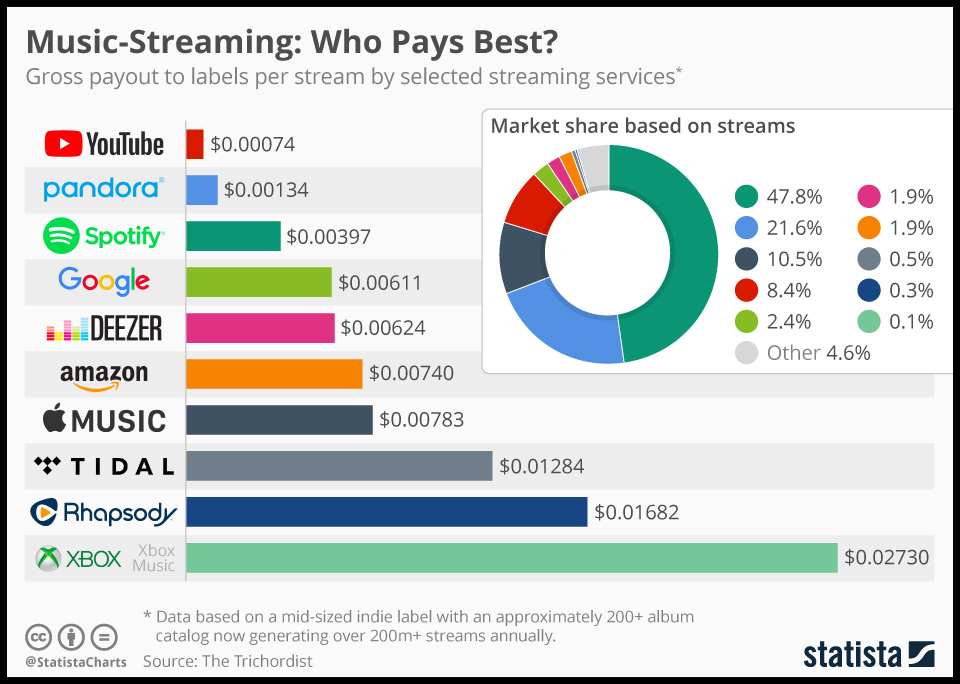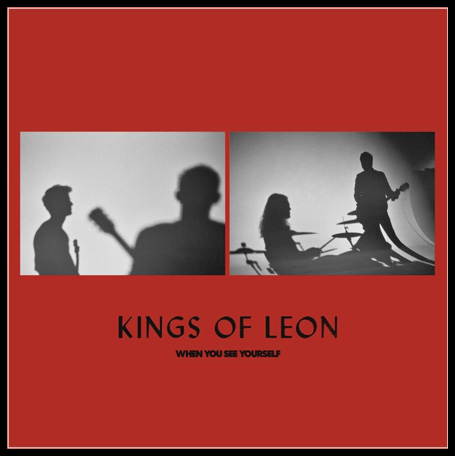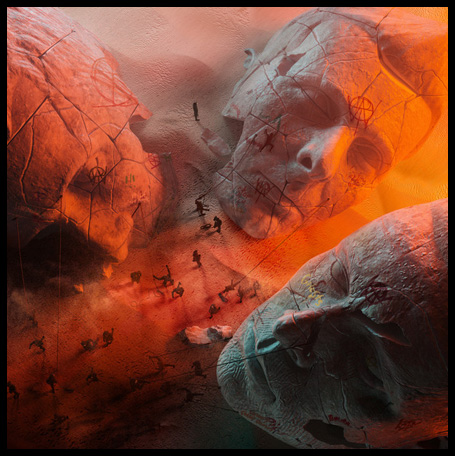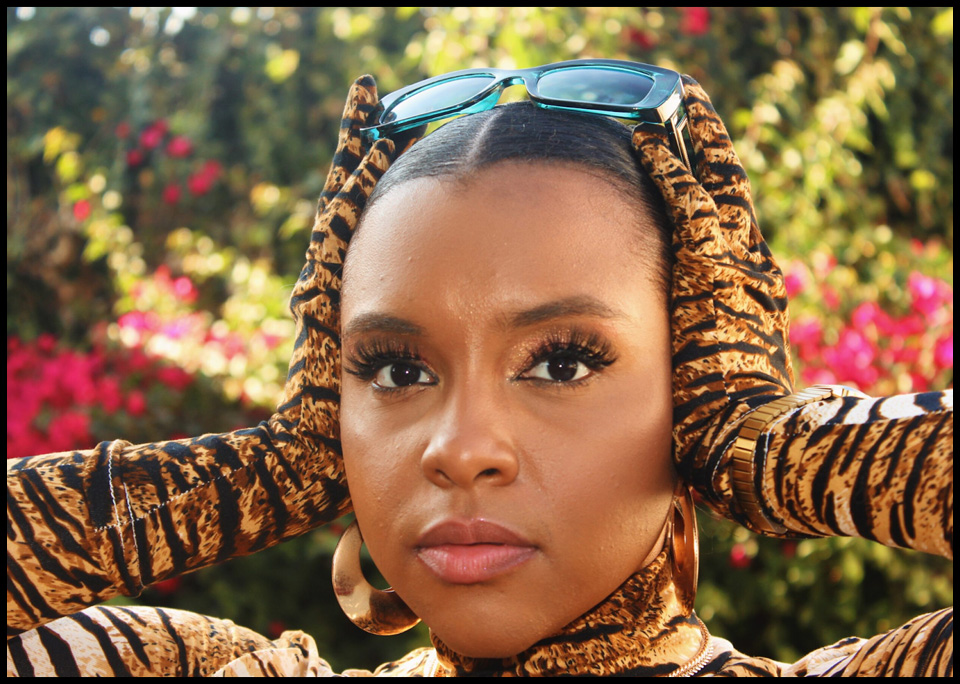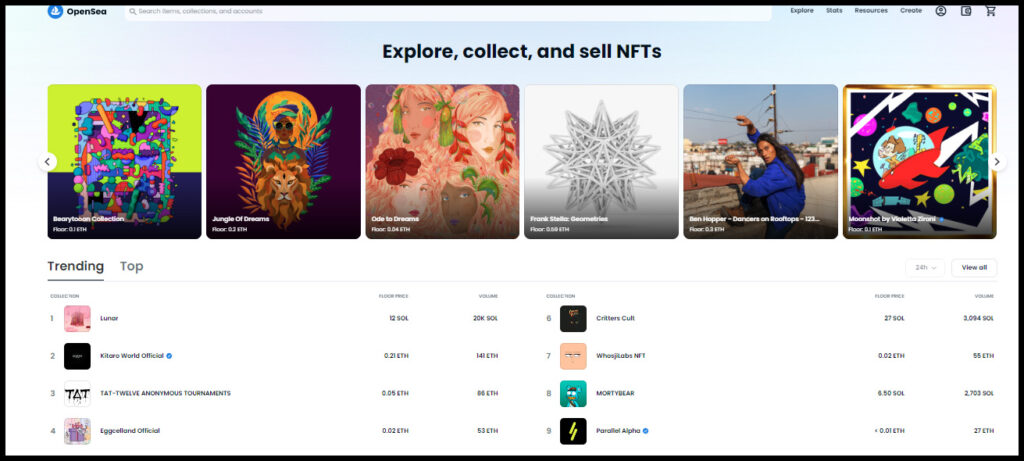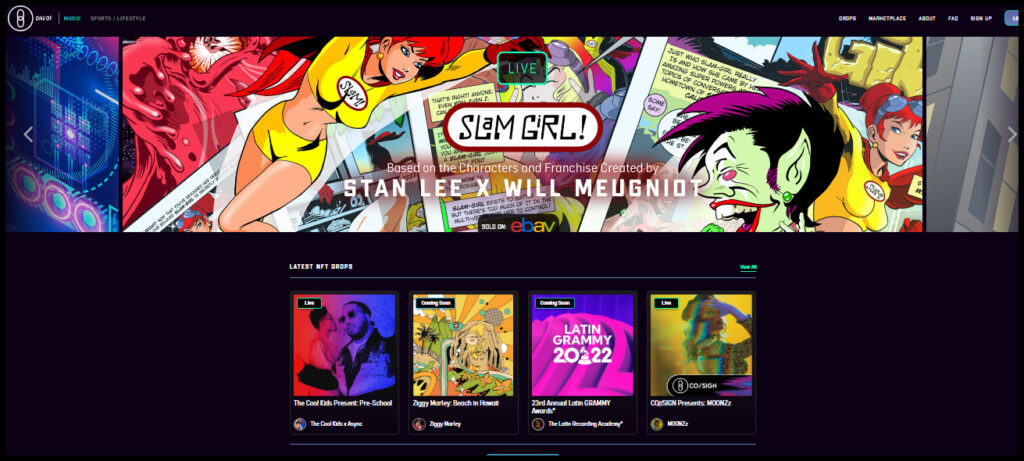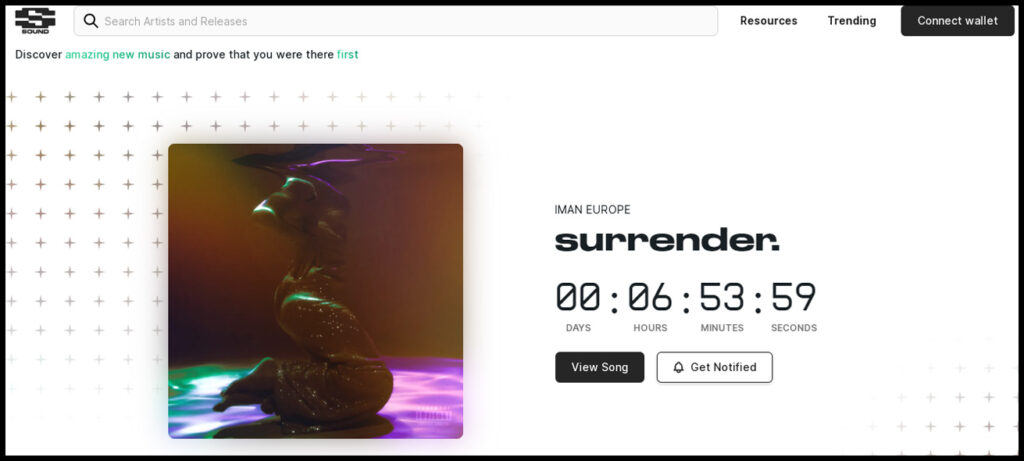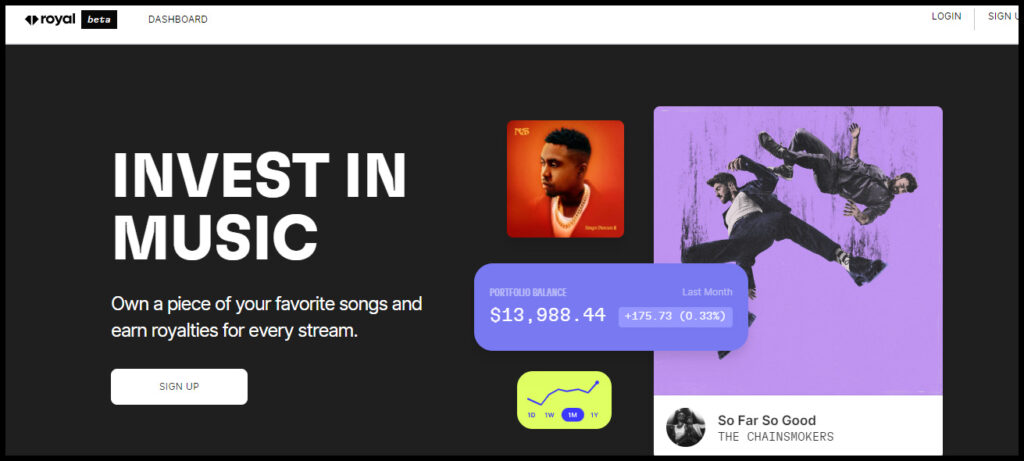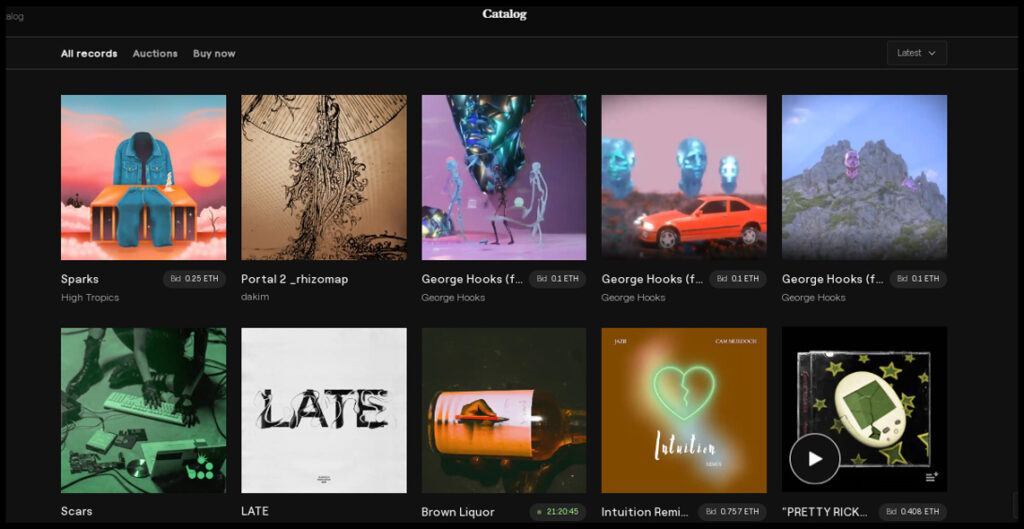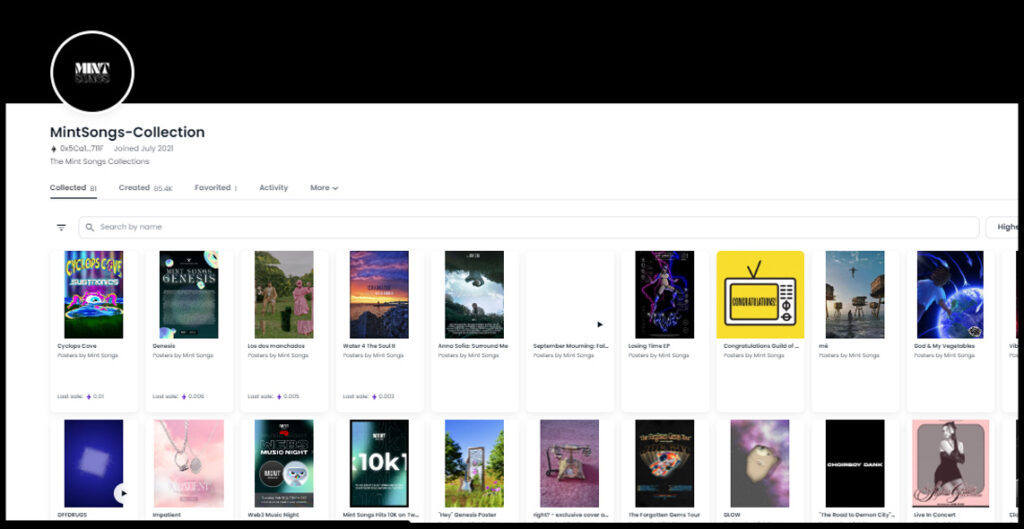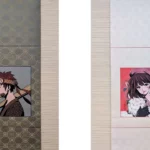What is the worth of a musician in a traditional world? Simply a producer that produces music for consumers while a third-party owner gains the most from it. What if music NFTs could solve this problem by giving rightful ownership to musicians and their fans? Welcome to the future of the entertainment industry, a decentralized world that truly values art for art
With music NFTs, musical artists are exploring the various possibilities of tunes without any restrictions, and fans are getting rewarded for their efforts of stanning and buying their favorite artist’s work. This is the ideal form of song that is coming in the near future.
Although the concept of these types of non-fungible tokens is a novice, there has been a massive adoption over the past months. According to MarketDecipher, the NFT music market generated around $1240.3 million in revenue in 2021 and is expected to be worth $42,380.2M by 2030. So, we can confidently say, the 2020s is the decade of music NFTs on the blockchain.
Before we dive into the diverse ecosystem of NFT music, you should know the basics first.
What exactly is a Music NFT?
Music NFT is a non-fungible token that combines computer-generated or personally produced sounds and blockchain technology to create a unique collectible with ownership. Note that, by ownership, we mean that the buyer can download the original piece while the legal rights are still owned by the artist.
The basic definition of NFT or non-fungible token is a unique asset stored in digital form; this asset can be anything such as art, music, photograph, tickets, in-game items, etc. The NFTs are stored on a blockchain where users can buy, sell, and trade through trading platforms.
Music NFT is an extension of NFTs that stores music, sometimes with visuals, in a blockchain, giving full IP rights to the buyers. These can be a piece of song, a single song, or an entire album bought directly from the musicians using cryptocurrency, a digital currency on the blockchain.
Why Music NFTs?
Usually, in the traditional industry, musicians have to sign up with labels that take out massive profits from streaming and buying by fans. They even take legal ownership of artists’ songs if they want. These NFTs solve ownership problems by completely removing the role of companies.
For example, the case of Taylor Swift and the copyright issues of her self-produced songs and albums caused much uproar in the industry. Taylor was signed under a label that had master rights to her major-hit songs. Despite the lawsuit, she struggled to win the case because of copyright laws manipulated by the company owner.
With NFTs, this case can be dealt with quite easily if the songs and albums are stored in a blockchain ledger because they show who is the real owner. Furthermore, the technology takes away the company’s liberty to control artists’ works as every piece of data is permanently stored in a decentralized network. This is why music NFTs are important.
You must be wondering, what’s in it for fans? Music NFTs have opened up a new pathway for fans. Before blockchain, people who invested in buying songs were treated as consumers, now they are treated as stakeholders. They have the right to vote on decisions, gather funds, sometimes even earn royalties, and be part of the musical journey with the artist.
Types of Music NFTs
The song industry is known to be the most innovative and advanced when it comes to technology adoption. Music NFTs have also been categorized into types as musicians worldwide using this technology for their benefit:
Generative edition:
These types of collectibles use computer software that mixes sounds and tunes randomly to create a unique piece in a limited edition of 5,000 or 10,000 NFTs. They are most common among musicians to create a Web3 fan community, ticket benefits, and reward loyalty points to the owners.
1/1 NFT
These are unique single pieces that only one owner can exclusively own. This is much similar to a one-of-a-kind painting and quite scarce because only one can exist in the world. The benefits are much more special than edition ones.
Open edition:
These collectibles consist of an unlimited no. of collectibles minted for a fixed period of time. The users can only mint within the set deadline.
Audiovisual:
Audiovisual NFTs are an integration of unique visual digital art with a piece of distinct background sound produced by the artist. They are more common with computer-generated editions or 1/1 NFTs. Furthermore, many artist x musician collaborations also consist of visual audio collectibles.
The choice of what type of NFT should a musician create is solely dependent on their preferences. Some want to have only a few fans in a community, some want to create a bigger global community, others want to sell their produced music, and many might sell pieces of a single song.
Nonetheless, blockchain technology has opened up the possibility to expand their sound endeavors beyond the common standard.
Music NFT DAOs
Music NFT DAO is a decentralized autonomous organization that works to support and fund singers around the world. They are the pillar of the industry that is contributing to the development of Music NFTs.
Investment DAOs: NoiseDAO and Morii Music are financially supporting musicians, singers, and brands in Web3.
Development DAOs: MODA DAO and CreateDAO are developing tools/features that facilitate Web3 song-making.
Ownership DAOs: Holly+ and The Song That Owns Itself are contributing to the co-ownership of IP rights
These DAOs consist of professionals and experts who are deeply experienced with Web3 and related industries.
Why is investing in NFTs better than streaming sites?
Music NFTs are the ideal way to fund artists for their efforts. Instead of depending on labels or streaming sites, fans can directly support musicians to create music; this is much more rewarding than listening on a site.
You might’ve heard of many musicians complaining about how low they are paid by the streaming sites such as Apple Music, Spotify, Amazon Music, Deezer, YouTube Music, Pandora, and many more.
For each stream, the singer is paid between $0.003 and $0.005; this is a bare minimum from an industry that is worth billions of dollars and millions of consumers interacting with the app every day.
Digital collectibles are a lot better than these streaming sites, especially for small indie artists who might only have a few hundred streams and barely make any money to support their livelihood.
Demolishing mass-stream culture
One thing that streaming sites have brought is a toxic mass-streaming culture where only the big artists benefit from the streams and indie artists are left with nothing but a few pennies.
The mass stream culture has caused the devaluation of music as an art. Now, most artists produce songs that are “streamable” to maintain their streams and earn a good living. After all, streaming sites only pay well to singers who record more than 200,000 streams.
Music NFTs bring back the value to songs and give more creative freedom than the traditional market. As an artist, you can experiment with tunes, play around with sounds, and create whatever you want with no restrictions.
Collectibles personalize and directly help singers to achieve their dream and get recognition in the world solely because of their songs.
Building an NFT music ecosystem
When it comes to non-fungible tokens, a proper ecosystem plays an integral part to bring together an artist with fans. Building an ecosystem is all about music NFTs offering buyers access to exclusive benefits such as presale priority ticketing, meetups, special airdrops, signed copies, official merch, and more; something the streaming sites would never give to their listeners.
Primarily, ecosystems are built through the Web3 community. The artists can use trading platforms to mint their songs and fans can buy them and be included in the ecosystem giving them infinite ownership rights.
Musicians are creators, fans are investors
To explain the idea of the NFT ecosystem, you can simply consider singers as creators and fans as their stakeholders and investors.
Music NFTs are usually tradeable and can be bought or sold in the secondary marketplace. This means investing in an NFT is most likely to give fans profit if they sell it again in the market while singers can earn royalties from it too.
Singers who have dropped Music collectibles
Now that you know the basics, you might be wondering what singers or brands have released Music NFTs? Here are some examples of how different musicians worldwide are utilizing this new technology to earn their living and connect with fans:
Kings of Leon: the first NFT album
Kings of Leon is the first-ever band to release songs as collectibles in 2021. The famous rock band dropped the NFT album When You See Yourself on the Yellowheart platform which generated $2M in revenue sales.
NFT holders were given first-row seats to their concert, an audiovisual, and a special package as part of the benefits. Kings of Leon also donated a portion of its earnings to Live Nation’s Crew Nation.
Muse: the first chart-eligible NFT album
Muse, a rock band, recently dropped its ninth studio album “Will of the People” in an NFT format on August 26, 2022, on the Serenade NFT platform in partnership with Warner Records U.K.
Usually, NFT songs are not eligible for charts because they don’t have physical sales. So, Muse used a new format equivalent to physical record called Digital Pressings that made their album eligible for charts in the UK and Australia.
High-streamed artists
The popularity of these types of NFTs comes from famous singers and rappers who have been dropping new tracks in the form of digital collectibles. A well-known name, Snoop Dogg recently partnered with Baked Nations to drop exclusive songs and Eminem has also joined the bandwagon, while Steve Aoki is the best-selling DJ in Web3.
Linkin Park’s Mike Shinoda has his own audiovisual collectible project. DJ 3LAU is a high-profile personality and producer in the Web3 space as well.
Indie artists releasing music NFTs
The above-mentioned musicians are well-known bands in the song industry but if you’re looking to see how indie artists have risen to popularity due to this technology, many examples exist.
Latashá Alcindor is an LA-based hip-hop singer who recently sold a song called “u know I love u” as NFT on Catalog for $3,000 in crypto. “Being a woman of color creative that didn’t come up with a lot of money or privilege to create, this is allowing that space for me,” she said in an interview with VICE.
Similarly, another singer, Mick Jenkins released two singles as NFTs called “Cash Cows” and “Sundays (for Lovers).” He also expressed optimistic views on how digital collectibles have helped him explore creativity in music.
Other artists include Pussy Riot’s Nadya Tolokonnikova, Imogen Heap, Georgia Anne Muldrow, Curren$y, Debby Friday, and many more.
How to buy Music NFTs?
Buying digital collectibles is quite easy if you know where to buy from. The first thing to do is to set up a crypto wallet. You can either make one on MetaMask, Phantom, Coinbase Wallet, or TrustWallet since these are the most common ones available on all platforms.
Once you have a wallet, you need to buy cryptocurrency. Simply connect your wallet with your debit/credit card, enter the number of tokens you need, approve the transaction, and the wallet will automatically convert the typed number of tokens based on the exchange rate and exchange fees.
Note that, every NFT platform doesn’t have the same digital tokens so you first need to ensure where you are buying from.
Top NFT music marketplaces
NFT marketplaces are trading platforms where you can buy, sell, and trade digital collectibles. Every platform has a specific type of non-fungible tokens. For music NFTs, the following are the most popular marketplaces:
1. OpenSea
OpenSea is the oldest and largest NFT marketplace on the Ethereum blockchain. It utilizes Ether(ETH) tokens for trading and lists almost all types of NFTs on its platform, songs being one of them.
It also gives musicians the freedom to mint their songs on the platform and connects with their fans. Simply make an account, verify your identity, go to Create, Upload your NFT, pay the gas fees, and your NFT will be posted on the marketplace.
OpenSea is usually used for audiovisual collectibles by musicians.
2. OneOf
OneOf is primarily a music NFT marketplace on Tezos and Polygon blockchain that doesn’t allow all musicians to upload their songs, except high-profile ones such as Doja Cat, H.E.R., The Game, John Legend, Alesso, Quincy Jones, and many more.
For fans, it’s an ideal place to buy your favorite artists’ works as it is a green platform. The marketplace has been actively partnering with different singers and bands, so small musicians can also join the space.
3. Sound.xyz
Sound.xyz is the only NFT trading platform that has a minting + streaming feature. Musicians host listening parties to celebrate music releases and sell their NFTs in a series of limited editions, while fans can gain access to the Sound community and comment on the songs they own.
It is basically an all-in-one platform that sells songs as limited digital assets, where any singer can build their fanbase and establish their brand in the Web3 space.
4. Royal
Royal is an NFT marketplace by influencer and DJ 3LAU for singers and their fans. Since this platform is owned by a producer, it has much more focused benefits than other spaces.
Royal gives owners complete ownership of music, meaning they can earn some portion of royalties generated from the streaming sites. For example, if music NFT is posted on Spotify, then a small percentage of earnings from the streams will be awarded to the owner on the Royal marketplace.
One of the most famous musicians on Royal is the famous electronic duo The Chainsmokers.
5. Catalog
Catalog is a marketplace and a Web3 streaming site where people can buy songs using cryptocurrency via an auction or putting up an offer. Singers can also upload their songs on Catalog’s music library, similar to Apple library, for streaming.
This platform usually features 1/1 NFTs, so the collectibles uploaded on it are considered rare. Artists on the Catalog include Eprom, oshi, SALVA, Richie Hawtin, Boys Noize, and many more.
6. Mint Songs
Just as the name suggests, Mint Songs is where you list your songs in a blockchain for fans to buy and own. This is the only music-based that allows all singers to showcase their talent to the world and earn a living through sound NFTs.
Mint Songs operates on the Polygon blockchain with the aim to provide maximum profit to artists and low transaction fees for buyers. If you’re looking for some creative musical pieces, this platform is a good place to invest.
You can find more about music marketplaces and web streaming services here.
Should you buy music NFTs?
Whether you are buying NFTs to support your favorite artists or as an investment, music NFTs are worthy of it. When it comes to purchasing for singers, you not only fund their music-making but also encourage them to produce a better and more innovative piece that goes beyond the usual.
For investing, we all know big examples of small artists becoming mainstream within a span of a few years, your investment can also become valuable if the song you buy goes viral on the internet. So, buying song collectibles is worth every penny.
Future of music NFTs
Music NFTs are here to stay because it is the future of music. A lot of people believe that this is just a hype phase in pop culture that will die out soon, but they’re wrong.
Web3 will definitely be the evolution of the creative economy, especially music because, throughout history, singers have always adopted technology first before anyone else. Furthermore, as crypto and metaverse adoption expands, these collectibles will be the most valuable digital assets to own.
For a fan, this is the perfect technology to support your favorites and pay them back what they deserve. After all, Web3 music is the sort to empower small and emerging artists who have been densified by the traditional market.
